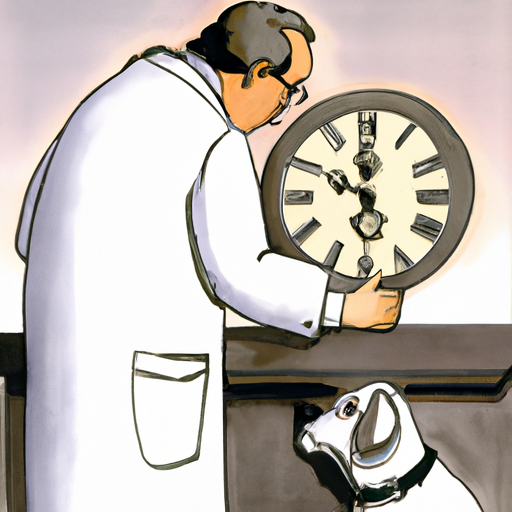The loss of a beloved pet is a heartbreaking experience. For many of us, our dogs are not just pets, they are members of our family. Understanding the process they go through after death, such as rigor mortis, can provide a sense of closure and peace. This article will delve into the topic of rigor mortis in dogs, discussing what it is, how long it lasts, and what influences its duration.
Table of Contents
- What is Rigor Mortis?
- The Stages of Rigor Mortis in Dogs
- Factors Affecting the Duration of Rigor Mortis
- Frequently Asked Questions
Key Takeaways
- Rigor mortis is a natural part of death in all mammals, including dogs.
- The duration of rigor mortis in dogs typically lasts between 3 to 4 hours postmortem.
- Various factors such as body size, environmental temperature, and cause of death can influence the length of rigor mortis.
What is Rigor Mortis?
Rigor mortis is a natural postmortem process that happens in all mammals, including dogs. It is the stiffening of the body due to chemical changes in the muscles after death. This process is a clear indicator that death has occurred and is often used by veterinarians and pet owners to confirm a pet’s death.
For a more in-depth understanding of this phenomenon, you may want to check out this article on the ScienceDirect website.
The Stages of Rigor Mortis in Dogs
The process of rigor mortis in dogs goes through several stages.
1. Immediate Death Stage
Immediately after death, the dog’s body is still flexible. This is because the muscles still have residual oxygen, allowing them to relax.
2. Rigor Mortis Onset Stage
Approximately 1 to 2 hours after death, the body begins to stiffen. This is the onset of rigor mortis. The process generally starts with the smaller muscles, such as those in the face and jaw, before moving to the larger body muscles.
3. Full Rigor Mortis Stage
The body reaches full rigor mortis around 6 to 12 hours after death. At this stage, the body is completely stiff.
4. Resolution Stage
After about 18 to 36 hours, the body begins to relax again as rigor mortis subsides. It’s worth noting that, on average, rigor mortis lasts about 3 to 4 hours in dogs. However, the time frame can vary depending on various factors.
On OneTopDog, you can find more information about the different stages dogs go through in their life and after death.
Factors Affecting the Duration of Rigor Mortis
The duration of rigor mortis in dogs is influenced by several factors:
- Size of the Dog: Larger dogs tend to experience a longer period of rigor mortis compared to smaller dogs.
- Environmental Temperature: Cold environments can prolong the rigor mortis phase, while warmer environments can shorten it.
- Cause of Death: If the dog died due to a disease or condition that affected its muscle mass or overall health, it could impact the duration of rigor mortis.
For more detailed insights on how these factors affect your dog’s health, OneTopDog provides a thorough guide on understanding your dog’s health.
Frequently Asked Questions
1. What is rigor mortis?
Rigor mortis is the stiffening of the body after death due to chemical changes in the muscles.
2. How long does rigor mortis last in dogs?
On average, rigor mortis in dogs lasts around 3 to 4 hours. However, it can range from as little as 1 hour to as much as 6 hours or more.
3. Can the duration of rigor mortis be influenced?
Yes, factors such as the dog’s size, environmental temperature, and the cause of death can affect the duration of rigor mortis.
4. Can rigor mortis occur in other animals as well?
Yes, rigor mortis is a natural part of death in all mammals, not just dogs.
For further questions and more pet-related information, don’t hesitate to visit OneTopDog’s FAQ page.
Dealing with the death of a pet is never easy, but understanding the natural processes like rigor mortis can help make sense of what’s happening. Remember to cherish the memories of your beloved pet and seek support when needed.



